03 Ene Art market professionals recap 2018 and look forward 2019
Looking forward to the past: 2018 and 2019
We borrow the title that Loïc Gouzer used for a successful auction at Christie’s, and we present our invited experts to look back to predict the immediate present.
Jason Bailey, CEO of Artnome
Tabla de contenidos
- 1 Jason Bailey, CEO of Artnome
- 2 Bernardine Bröcker Wieder, CEO and Co-Founder of Vastari
- 3 Llucià Homs, director of Talking Galleries
- 4 Anni Oates, CEO and Founder of Art World Forum
- 5 Fréderic de Senarclens, Founder of Art Market Guru
- 6 Tim Schneider, Art Market reporter for Artnet News and Founder of The Gray Market blog
- 7 Más noticias de Arte
Jason Bailey began his career at Artnome in 2015, by becoming aware of the problem of counterfeiting in the art world. After working for ten years with big data, he began to collect data from reasoned catalogs and generate a database of artists around the world. Three years later, he boasts that he has the most complete database in the world.
Reflexions 2018 and predictions 2019
2018 was the year we learned that “framing is everything”. Banksy and Obvious captured the world’s attention with gimmicky frames that drew more interest than the art itself. Now that artists realize marketing and stagecraft are more important than quality of artwork for driving exposure (which in-turn drives value) expect even more shenanigans in 2019.
Bernardine Bröcker Wieder, CEO and Co-Founder of Vastari
Bernadine Bröcker is CEO and Co-Founder of Vastari Group, an online platform securely connecting private collectors of art, exhibition producers, venues and museums for exhibition loans and tours. She was a founding member of the team at Trinity House gallery on Maddox Street in London and has worked with illustrators at Traffic Creative Management agency and on museum exhibition design at Ralph Appelbaum Associates New York.
Bernadine is a member of the Professional Advisors to the International Art Market, the Association of Women in the Arts and the Worshipful Company of Arts Scholars. Bernadine holds a Master’s degree in History of Art and Art-World Practice from Christie’s Education/The University of Glasgow and a Bachelor’s degree in Fine Arts from Parsons School of Design, New York.
She is a young ambassador to the Museum of London, an advisor to We Are Museums, Cromwell Place, the Christie’s Employers Advisory Group and a mentor at the Founder Institute. In 2018 she was selected for Apollo Magazine’s 40 under 40 Europe, and Bernadine and co-founder Francesca Polo were shortlisted for the Natwest Entrepreneur of the Year Award in 2017.
Bernadine is a huge proponent of technological innovation for the art world, and in July 2018, Vastari helped co-organise the first Christie’s Art+Tech Summit in London, focussing on blockchain technology.
From 2018:
Blockchain has changed how people think about technology.
– One year ago, the team at Christie’s, Christie’s Education and Vastari decided that it would be important to organise an event for the art world to reflect on the impact of blockchain. The result was the Art + Tech Summit in July 2018. I don’t necessarily think it is blockchain that is changing the art world, but it is the way you need to think about technology, collaboration and trust that is changing the art world.
https://www.christies.com/
Big data might actually exist for the art world
– We have seen a huge shift towards “big data” and new data sources that are not auction price records for the valuation of art. A lot of the mis-calculated valuations in the art world and the incorrect market sizing was due to the fact that the only available information online, since the 90s, was the online auction results. In this past year, that has shifted. There is a greater trend towards transparency and ‘data-cleaning’ where people review what they’ve been gathering and re-assess it. I am excited about the new facets of information that are being developed.
https://blog.vastari.com/
https://blog.vastari.com/why-
The demand for good, well-priced fine art exhibitions outstrips the current supply
– Many museums have budgets for fine art exhibitions, but what is currently available outprices the market. Many museums want innovative, different subjects that don’t break the bank. More information is available on our Vastari report.
https://news.artnet.com/art-
https://blog.vastari.com/how-
For 2019:
Artists are taking back control of their markets using technology and innovation
– Artists will continue controlling the data on the works they produce. Using this reliable digital data about art, you can then build new business models using digital contracts. Excitingly, these new business models may change the type of art that is being produced.
https://blog.vastari.com/
https://www.tagsmart.com/
https://www.gerhard-richter.
Partnerships, big and small, are disrupting the way the system works
– There will be more and more partnerships between smaller start-ups and scale up technology companies, with the larger established businesses, that will help build innovating, trustworthy tools that will help the industry
This is a prediction – no links to the information yet 🙂
Llucià Homs, director of Talking Galleries
Cultural consultant, curator of exhibitions and art advisor, and also director of public and private cultural projects (such as the Institute of Culture of the Barcelona City Council or La Virreina Centro de la Imagen). His is therefore a multifaceted professional trajectory – as an entrepreneur of cultural industries and as a public cultural manager -, which allows him to understand, from the multidisciplinary and transformative leadership, what are the social debates and the challenges that a changing world presents and complex like the current one. He studied Law at the University of Barcelona and a course at IESE Business School on Business Administration and Management, as well as Art History, a postgraduate course in Curating and cultural practices of art and new media at the Media Center of Art & Design. He currently directs Talking Galleries, among other projects.
2018
The global art market has remained robust this last year, especially in its highest segment. The insistence of records, paradoxically, does not correspond with what is happening with the middle segment of the galleries, which are suffering from the economic tensions of a globalized world and a business model that needs to evolve if it wants to survive in the future.
2019
Everything seems to indicate that the dominant trend in the global art market will continue to be in line with what happened in 2018, however, we will have to see how affect the conflicts they are planning right now about the three countries that, together, they dominate 83% of this market: the United States, with the policy of commercial confrontation with China by Trump, China with its problems of economic growth and attacks on freedom of expression, and the United Kingdom with the great unknown of Brexit. And some issues that it is necessary to address in this market, how is it possible that the contributions of women artists continue to be so low compared to those of their male colleagues?
Anni Oates, CEO and Founder of Art World Forum
Anni Oates studied a degree in Book and Arts at the University of Art in London, and a master’s degree in Contemporary Art Sale at the Parisian IESA. He worked for Art Media Agency, Yeo Workshop, Art Runners and Arnoldii Arts Club performing various marketing and art communication tasks before embarking on the Art World Forum adventure.
2018
Alongside the hype and development of new technologies (AR, VR, AI and blockchain – which is undoubtedly this year’s buzzword), art and corporate entities have branched out, looking at new business opportunities and approaching art as an alternative investment to traditional financial assets. Overall, 2018 has proven that the art market has developed a sensitivity, aspiring to build communities compatible with millennial living. In a playground of opportunity where investors who are not quite HNWI, can play an equally constructive role in art transactions and have a share of the pie.
2019
In 2019 I anticipate a series of projects or case studies which will identify the strengths and challenges of new technologies, their implementation and role in the art market. From our events alone, Look Lateral, Maecenas, Meshminds and Anthea Art, are moving in that direction. But my greater concern which will dominate next year will focus on the institutional sector – museums. Struggling to keep up with expenses, I think we are going to see more commercially-led projects, corporate–institutional collaborations, and experimental revisions to patronage structures
Fréderic de Senarclens, Founder of Art Market Guru
Swiss art dealer Frédéric de Senarclens has led modern and contemporary art galleries in Geneva and Singapore, representing major international artists. As an art market expert passionate about new technologies, he has since then created a number of successful online art businesses, including ArtMarketGuru, ArtAndCollect and ArtAndOnly.
ArtMarketGuru is a respected source of art market research, analysis and statistics and offers intelligent analysis and region-specific research on the global art market. In January 2018, ArtMarketGuru published the first Art and Blockchain Industry Report, an invaluable guide for those interested in making investments in and using art-related Blockchain technology.
Forecast and reflexions:
This year was marked by the sale of the first work of art created by Artificial Intelligence (AI) at Christie’s for US$432,500. I believe that in 2019 new technologies such as Blockchain, AI, Virtual and Augmented Reality will continue to reshape the art industry. The online art market shall continue to grow attracting new collectors from the millennial generation.
Tim Schneider, Art Market reporter for Artnet News and Founder of The Gray Market blog
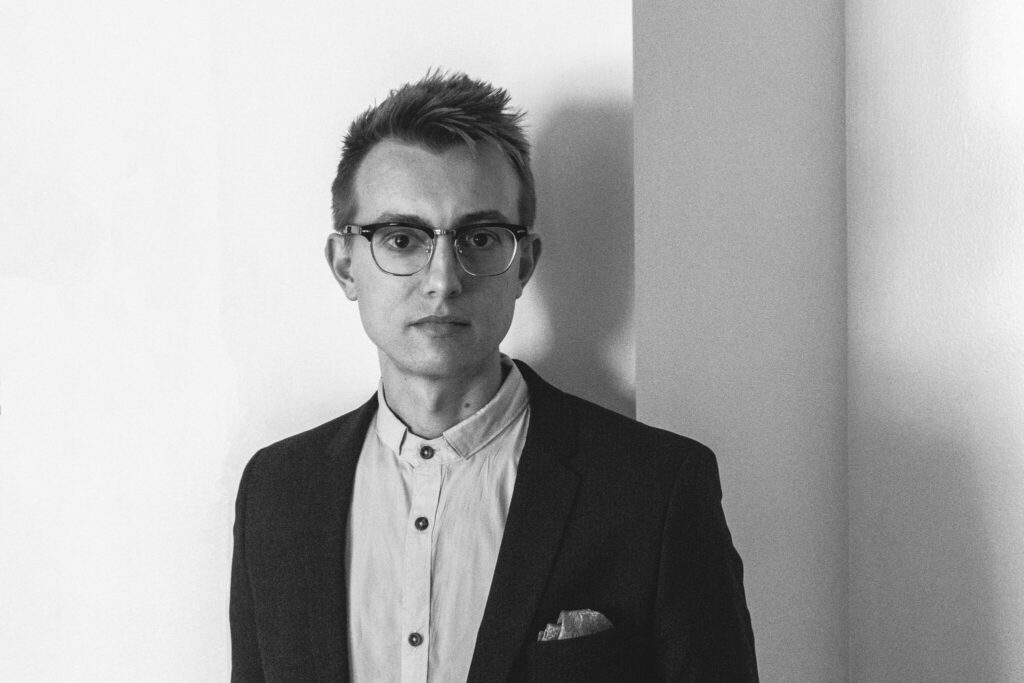
Tim Schneider, Art Market reporter for Artnet News and Founder of The Gray Market blog
Using eigth years of first-hand experience in the gallery sector, Tim Schneider writes about socioeconomics, business practices and technology in the art market. He has participated in debates on innovatios and market structure at Art Basel, the Talking Galleries Barcelona Symposium, and the Art Business Conference New York, among others. In 2017, he released his first book, The Great Reframing: How Technology Will-and Won’t-Change the Gallery System Forever. Currently, he lives and works in New York.
2018
In 2018, morality shook up the global art industry. From victims speaking out about sexual misconduct by high-profile artists, dealers, and other art-industry professionals, to museums pivoting toward overlooked women and artists of color, to auction buyers spending big on works by artists of African descent, the year’s events saw many people rethinking the business through a more ethical framework (or at least acting like it).
2019
We’re in line for a year of high anxiety in the art trade. The financial markets have been plunging since late October, the US and China are in a trade war, and the Brexit process is on the verge of becoming a worst-case scenario. Combine the resulting uncertainty about the global economy with the systemic problems in the gallery and auction sector, and I expect a lot of art-market players to seek safety first and foremost in the next 12 months.
Más noticias de Arte
Especialista en pintura moderna, tasadora y perito. Graduada en Historia del Arte por la Universidad de Salamanca.


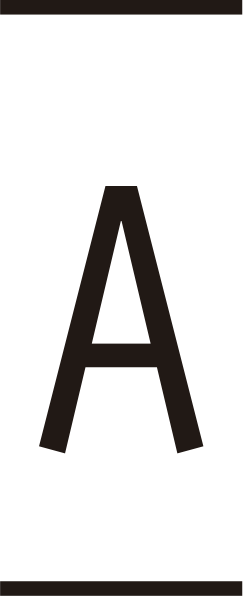
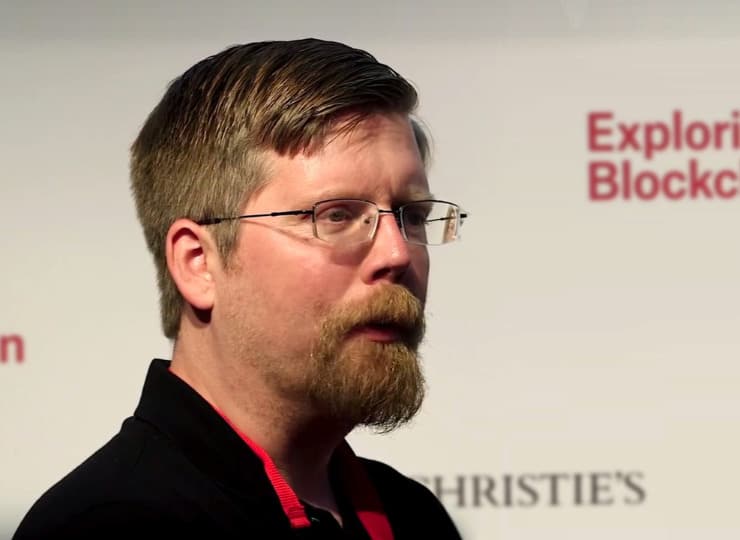

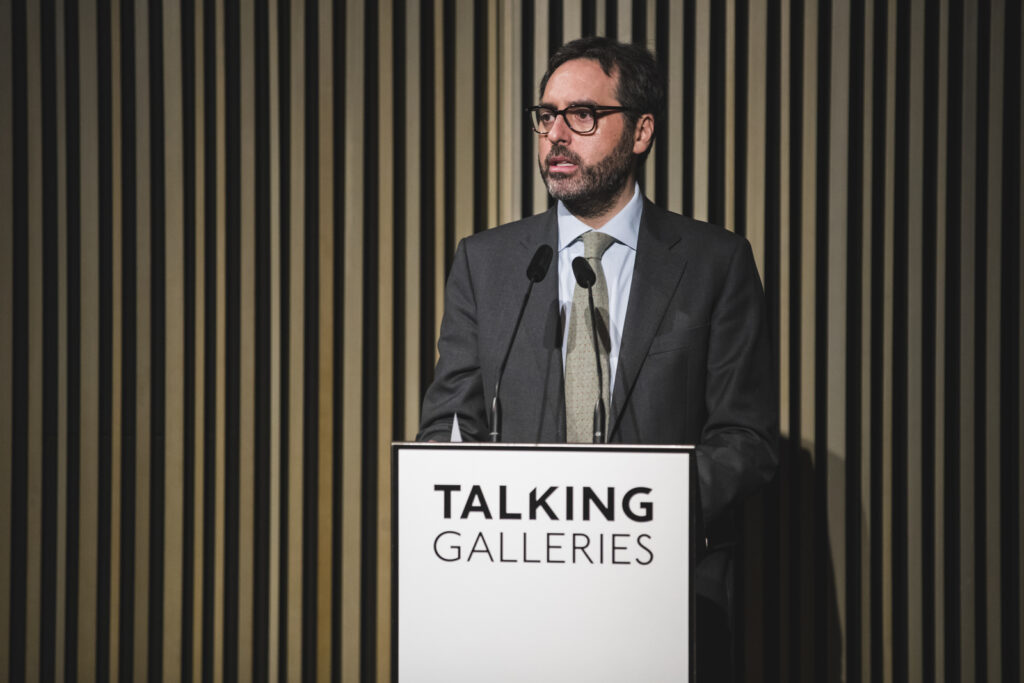
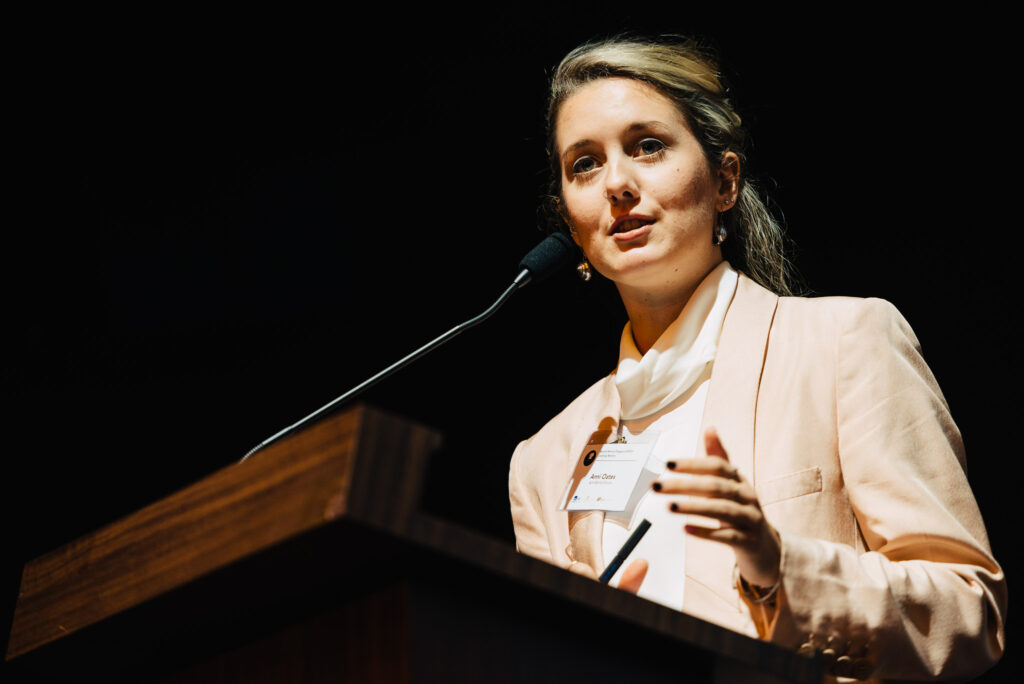
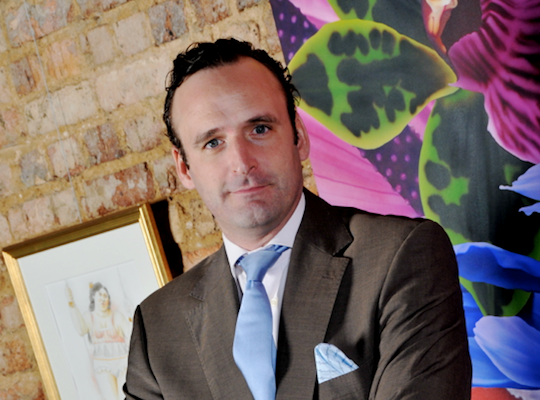
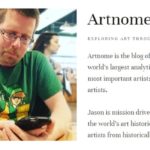
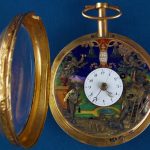
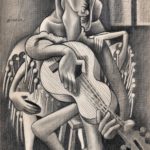
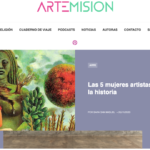
No Comments